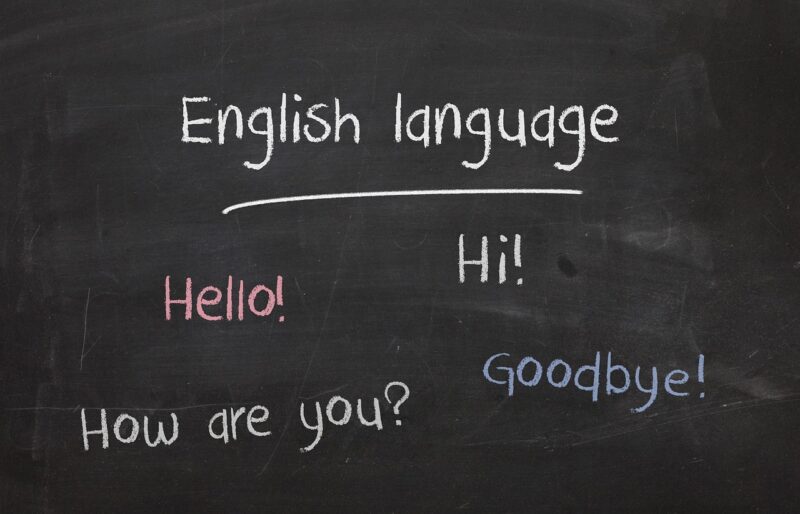How to Perfect Polish Grammar and Sound Natural in Everyday Conversations
November 12, 2024

Polish is a beautiful language, rich in history and uniqueness. It is spoken by millions worldwide, yet many learners struggle with grammar and pronunciation. This article will guide you through the essentials of mastering Polish grammar, as well as provide you with tips to sound more natural in everyday conversations.
1. Understanding the Basics of Polish Grammar
Before diving into the complexities, it’s crucial to grasp the basics of Polish grammar. Here are some fundamental elements:
- Nouns and Genders: Polish nouns have three genders: masculine, feminine, and neuter. Mastering these is essential as they influence the form of adjectives and verbs in your sentences.
- Cases: Polish uses seven grammatical cases (Nominative, Genitive, Dative, Accusative, Instrumental, Locative, and Vocative), which determine how nouns and pronouns change depending on their role in the sentence.
- Verbs and Conjugation: Polish verbs are conjugated according to person, number, and tense. Understanding how to correctly conjugate verbs is key to constructing meaningful sentences.
- Adjective Agreement: Adjectives must agree in gender, case, and number with the nouns they describe. This might seem daunting but is crucial for grammatical accuracy.
These foundational elements will serve as your compass in navigating the more advanced aspects of Polish grammar.
2. Building a Strong Vocabulary
A rich vocabulary is vital for effective communication. Here are strategies to enhance your Polish vocabulary:
- Read Widely: Read Polish books, newspapers, and magazines. Exposure to varied contexts will not only boost your vocabulary but also enhance your understanding of sentence structures in real-life usage.
- Use Flashcards: Create flashcards to memorize new words. Digital tools like Anki can help you with spaced repetition, making retention easier.
- Practice with Native Speakers: Engaging in conversation with native speakers can introduce you to colloquial language and expressions not typically found in textbooks.
- Join Polish Language Platforms: Platforms like Duolingo or Babbel can be useful. They provide structured lessons and interactive ways to learn and practice new vocabulary daily.
Having a diverse vocabulary allows you the flexibility to express thoughts and ideas in various ways, making your conversations richer and more engaging.
3. Overcoming Polish Pronunciation Challenges
Polish pronunciation can be a stumbling block for many learners due to its unique sounds and complex combinations. Here are recommendations to perfect your pronunciation:
- Listen to Native Speakers: Pay attention to how native speakers pronounce words and sentences. Watching Polish movies, listening to music, or using language learning apps often helps tune your ear to the nuances of the language.
- Practice Phonetics: Familiarize yourself with the Polish alphabet and its phonetic sounds. Practicing with pronunciation guides or apps can be beneficial.
- Record Yourself: Listening to recordings of your speech can help identify areas for improvement. Compare your pronunciation with native recordings to spot differences.
- Engage in Tongue Twisters: Polish tongue twisters are a fun way to practice difficult sounds. They challenge your pronunciation and help improve fluency in everyday conversation.
By focusing on pronunciation, you enhance your confidence in speaking, making you sound more natural in daily conversations.
4. Embracing Common Expressions and Idioms
Native speakers often use idiomatic expressions that might not translate directly into English. Incorporating these into your vocabulary will enhance the naturalness of your speech. Here are some commonly used Polish expressions:
- “Jak leci?” (How’s it going?): A casual way to ask someone how they are feeling.
- “Nie ma sprawy” (No problem): Used to acknowledge a request or offer help without hesitation.
- “Co słychać?” (What’s new?): A common greeting when meeting someone.
- “Trzymam kciuki” (I’m keeping my fingers crossed): An encouraging phrase to wish someone good luck.
Familiarizing yourself with these expressions can make your conversations feel more genuine and connected.
5. Consistency is Key: Daily Practice and Real-Life Application
Language learning is a gradual process. The more effort you put in consistently, the greater your chances of success. Here’s how to incorporate Polish into your daily routine:
- Set Learning Goals: Create realistic daily or weekly goals for vocabulary building, grammar practice, or conversational fluency.
- Engage in Conversations Regularly: Find language exchange partners or join language groups to converse with others. Website platforms like Tandem or HelloTalk connect you with Polish speakers seeking to learn English.
- Immerse Yourself in the Language: Label items around your home in Polish or think in Polish when performing daily tasks to grasp vocabulary and context better.
- Use Language Learning Apps: Leverage technology with apps that allow for daily short lessons—a language learning investment that pays off with consistency and practice.
Integrating language practice into your daily life ensures continuous improvement and reinforces learning with practical application.
Conclusion
Achieving proficiency in Polish grammar and conversing naturally requires dedication and effort, but it is achievable with the right strategies in place. Start by understanding the basics of Polish grammar, expanding your vocabulary, and practicing pronunciation. Embrace idioms and engage in conversations to enrich your speaking skills. Most importantly, remain consistent in your practice to make Polish a smooth and enjoyable language to speak.
By taking small yet steady steps, you can master Polish and connect with others more confidently and meaningfully. Whether chatting with friends, ordering coffee, or discussing history, each conversation is a stepping stone in your language journey.








